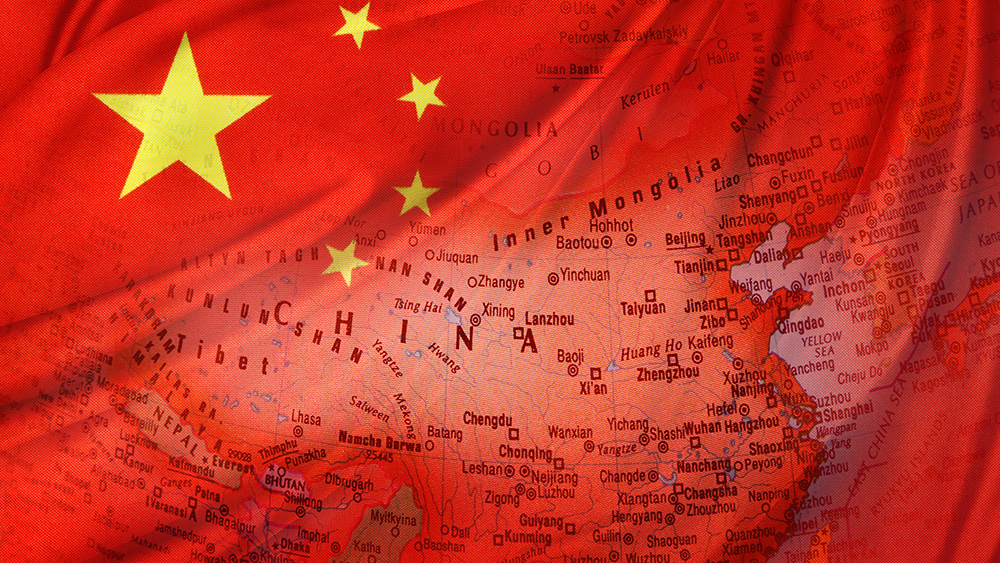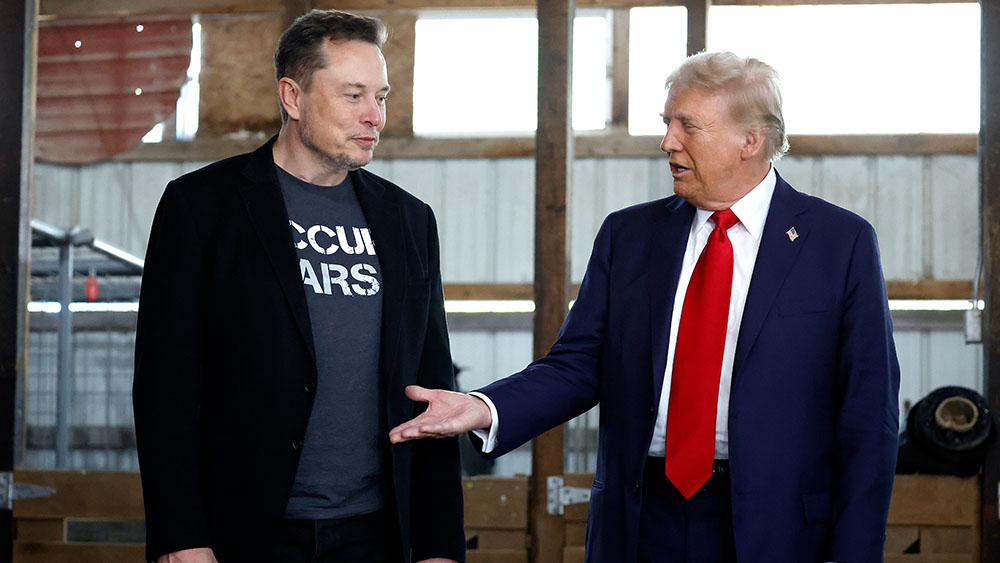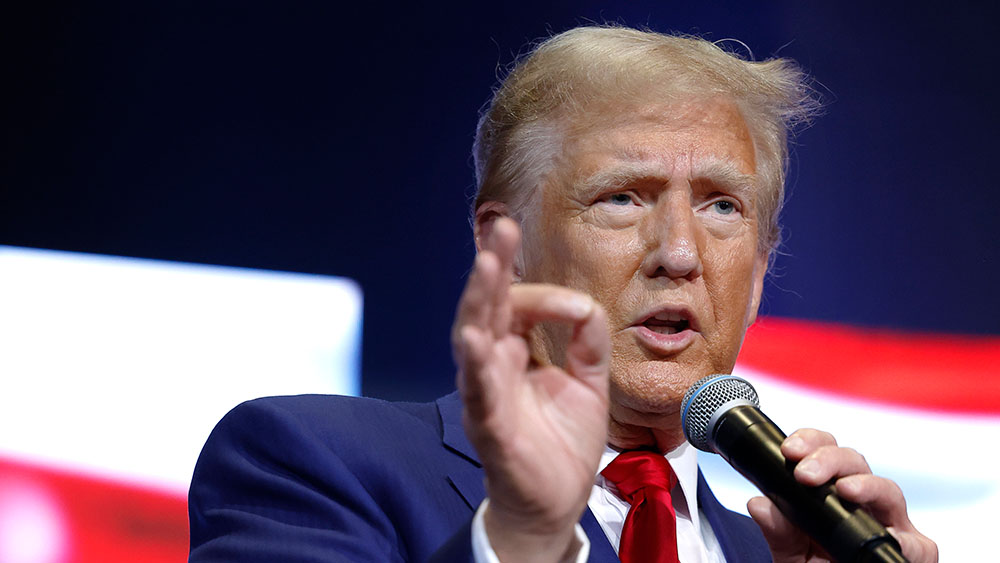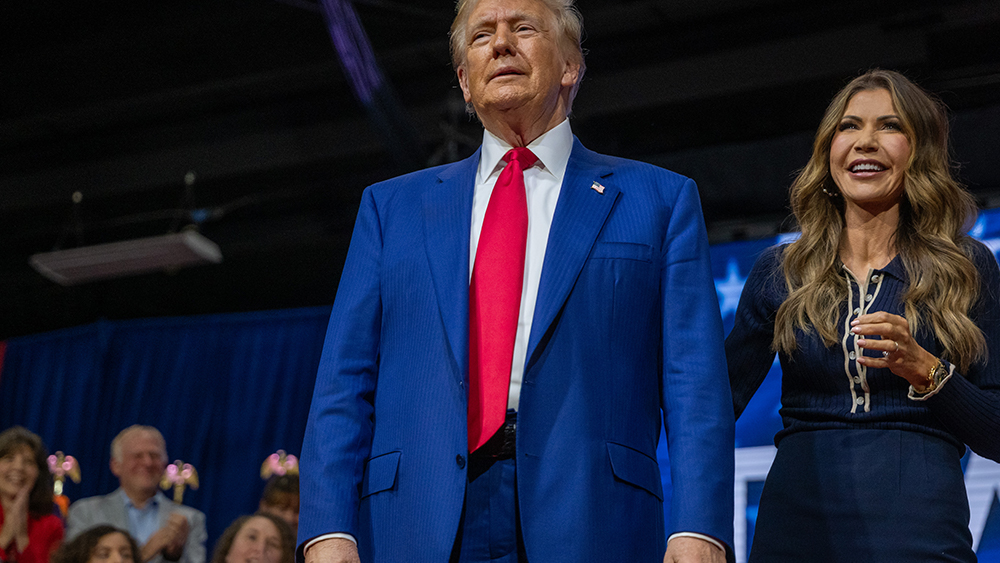As trade war with China heats up, Trump hints that the US could use “the most powerful weapons in the world”
04/10/2025 / By Lance D Johnson
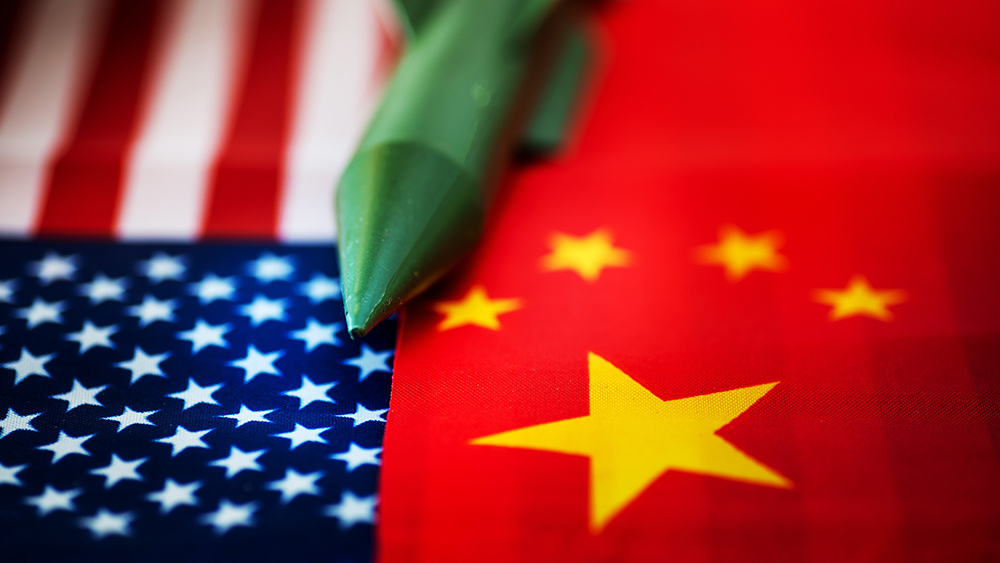
As the trade war with China heats up, US President Donald Trump hints that the US could use “the most powerful weapons in the world” – alluding that the US has leverage that hasn’t previously been brought to the negotiating table. Since taking office, the Trump Administration has been trying to acquire sources of rare earth elements. From Ukraine to Greenland, the Trump Administration could gain access to robust rare earth production, cutting into China’s market, which they currently dominate.
- China dominates 80% of global rare earth production, giving it leverage in trade disputes and national security threats.
- President Trump’s strategic shift reduces U.S. reliance on Chinese rare earth elements, crucial for tech and military industries.
- Historical parallels show resource control has decided wars—could rare earths be the next battlefield? –
- Or is Trump hinting at more sinister approaches to winning the tariff war?
China’s rare earth monopoly: A weaponized supply chain
For decades, America has slept soundly under the illusion of global trade harmony while China quietly monopolized the world’s most critical resources: rare earth elements. These unsung heroes power everything from military missiles to iPhones, yet Washington has allowed Beijing to control the supply chain—until now. Behind the scenes, President Trump has been executing a long-term decoupling strategy, rerouting U.S. dependence away from China to allies and even domestic sources. But is this too little, too late? Or is America finally waking up to a silent economic war that’s been raging for years?
China didn’t just stumble into dominance—it was a calculated conquest. By flooding the market with artificially cheap exports in the 1990s, Beijing drove competitors out of business, then seized control of 93% of global rare earth production by 2010. Today, despite minor diversification efforts, China still processes nearly 80% of these critical minerals. The U.S. defense industry relies on Chinese rare earths for advanced weaponry, including hypersonic missiles, stealth jets, and AI-driven warfare systems. Why does this matter? Because in 2010, when Japan detained a Chinese fishing captain near disputed islands, Beijing cut off rare earth exports overnight, sending Tokyo scrambling. The message was clear: control the resources, and you control the world.
Trump’s counterattack: Domestic mining and covert ops
Trump’s solution is twofold: ramp up domestic extraction and forge alliances with alternative suppliers. In 2020, he signed an executive order declaring a national emergency over U.S. reliance on foreign rare earths. Behind closed doors, intelligence agencies allegedly sabotaged Chinese mining operations in Africa while funding startups like MP Materials—America’s only major rare earth mine. Some reports suggest clandestine deals with Australia and Vietnam to counter China’s grip. But skeptics warn this is a desperate gambit—the U.S. lacks the refining infrastructure, and China could cripple American tech overnight by tightening exports.
When Trump boasted of “weapons nobody knows about,” was he referring to hypersonic arms reliant on rare earths? Pentagon insiders suggest America has been stockpiling tungsten and neodymium—key components in directed-energy weapons and electromagnetic railguns. China’s recent export curbs on gallium and germanium (crucial for semiconductor chips) signal it won’t hesitate to weaponize supply chains if the trade war escalates. If the U.S. loses access, next-gen fighter jets, Patriot missiles, and quantum computers could grind to a halt. Yet few in Washington seem alarmed—why?
In 1956, when Egypt’s Nasser nationalized the Suez Canal, Britain and France went to war—not just for territory, but for control of a strategic chokepoint. Today, rare earths are the Suez Canal of the 21st century, and China holds the keys. If Trump’s efforts fail, America may face a technological dark age, forced to kneel before Beijing’s raw material supremacy. Or will a black ops breakthrough, unseen since the Manhattan Project, tip the scales?
Sources include:
Submit a correction >>
Tagged Under:
AI arms race, Big Tech, black ops, China, china trade war, critical minerals, economic collapse, economic warfare, future tech, future warfare, Glitch, global dominance, hypersonic weapons, industrial sabotage, military technology, mining industry, national security, rare earth elements, rare earth monopoly, raw materials crisis, resource geopolitics, semiconductor shortage, strategic decoupling, supply chain, supply chain warfare, tech sovereignty, trade negotiations, Trump administration, U.S. defense
This article may contain statements that reflect the opinion of the author
RECENT NEWS & ARTICLES
COPYRIGHT © 2017 BIG GOVERNMENT NEWS

